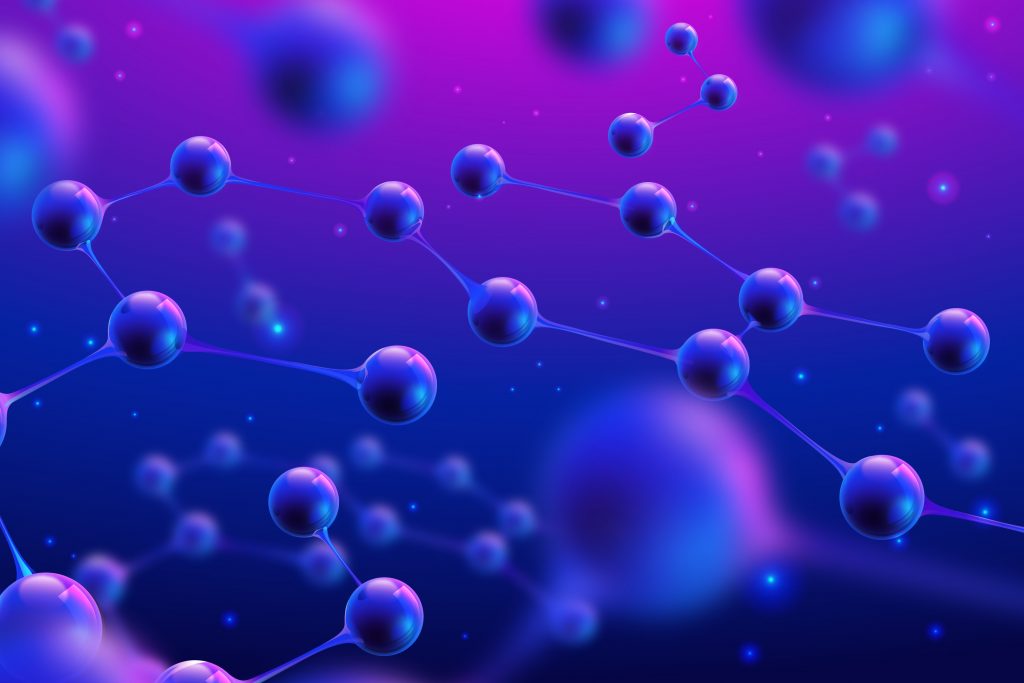Now Reading: What Is Biomimicry and How It Shapes the Engineering of the Future
-
01
What Is Biomimicry and How It Shapes the Engineering of the Future
What Is Biomimicry and How It Shapes the Engineering of the Future

The Concept of Biomimicry Explained in Depth
At its essence, biomimicry is the practice of looking to nature—and more specifically to the strategies, structures, and systems that living organisms have developed over billions of years—as a guide for solving human challenges. Instead of designing in opposition to the natural world or extracting from it without regard for long-term balance, biomimicry encourages us to observe how life already solves many of the same problems we face: how to use resources efficiently, withstand environmental stress, regulate energy, build with strength yet flexibility, or create waste that is naturally reintegrated into larger cycles.
The fundamental idea is simple but profound: nature has been refining “design solutions” through evolution for 3.8 billion years. Every leaf, shell, feather, and ecosystem embodies forms of innovation tested under the most rigorous conditions—survival and adaptation. For engineers, architects, and innovators, this represents a vast library of resilient and optimized models to study. From a material that can resist extreme pressure to a structure that ventilates without consuming excess energy, biology offers blueprints that can inspire entirely new directions in human technology.
Beyond practical applications, biomimicry signals a philosophical shift. Traditional engineering has often been built on extractive, linear processes: we mine, manufacture, consume, and discard. Nature, however, functions in cycles. There is no true “waste” in an ecosystem, because everything eventually contributes to another process. Biomimicry asks engineers to bring this principle into the human-built world, creating systems that are regenerative, cyclical, and deeply integrated with their environments.
This perspective fundamentally changes our relationship with technology. Biomimicry is not simply about copying shapes or forms from biological organisms, but about embracing principles—such as efficiency, adaptability, resilience, and interconnection—that have enabled the success of life for millennia. It is a recognition that the future of engineering requires humility: instead of trying to dominate or “improve upon” natural systems, we must learn to design in harmony with them.
Thus, biomimicry is more than a design tool; it is a transformative methodology reshaping how engineers, innovators, and researchers approach the great challenges of the 21st century: climate instability, overconsumption of resources, urbanization, and the need for sustainable energy. In this paradigm, nature becomes not just a metaphor but a partner in innovation—helping humanity build a future where technology, environment, and society align in lasting balance.
How Biomimicry Shapes the Engineering of the Future
The influence of biomimicry is already evident across engineering disciplines, from advanced materials science to aerospace design. By studying how organisms adapt and thrive, engineers are creating solutions that reduce environmental impact while also pushing the boundaries of performance and durability.
Advanced Materials
One of the most prominent areas shaped by biomimicry is materials engineering. Consider spider silk, which is stronger, weight for weight, than steel and yet flexible and biodegradable. Scientists are working to replicate these properties in synthetic polymers that could revolutionize everything from medical sutures to aerospace construction. Similarly, the lotus leaf has inspired superhydrophobic, self-cleaning surfaces, eliminating the need for chemical cleaners and enabling maintenance-free coatings for buildings, solar panels, and vehicles.
Renewable Energy and Efficiency
Energy production and conservation are equally ripe for biomimetic innovation. Sharkskin-inspired textures, with their tiny riblets, have been applied to ships, submarines, and even airplanes to drastically reduce drag and fuel consumption. Turbine designs mimicking the efficiency of whale fins and photosynthetic models that copy how leaves convert sunlight into energy are showing promise in renewable power generation.
Urban Infrastructure and Architecture
Nature also provides brilliant guidance in architecture and urban design. Termite mounds in Africa, for instance, maintain constant internal temperatures despite extreme external heat fluctuations. Inspired by this, architects have developed passive ventilation systems in large buildings that slash energy usage for cooling. Urban planners are looking at forest ecosystems as models for distributed and resilient energy-water-food networks that cities can emulate.
Robotics and Mobility
Biomimicry has also played a transformative role in robotics. Engineers are studying the gait, climbing ability, and cooperative behaviors of insects and mammals to develop more agile robots for exploration, disaster response, and healthcare. For example, gecko’s adhesive feet have inspired climbing robots capable of scaling smooth glass or maneuvering in zero-gravity environments—demonstrating how understanding biomechanics can translate into groundbreaking designs.
Aerospace Technologies
The aerospace sector has long turned to birds, bats, and insects for inspiration. The curvature of wings, the concept of lightweight but resilient bone structures, and even the formation of bird flocks have informed improvements in stability, maneuverability, and efficiency in aircraft design. By aligning with nature’s aerodynamic principles, engineers design craft that move faster, consume less fuel, and withstand greater stresses.
Toward a Circular and Regenerative Future
What makes biomimicry so compelling is not just the immediate technological breakthroughs but its broader vision of progress—a shift from wasteful, extractive methods of the industrial age toward regenerative and circular systems. The future of engineering, in this light, is not measured by how much we can build or how quickly, but by how wisely we can build—integrating durability, adaptability, and environmental responsibility into every design.
Each example, from lotus-leaf coatings to termite-inspired ventilation, is part of a growing movement that views innovation through the lens of partnership with nature. And as climate pressures mount, this ethos may become less of an option and more of a necessity. Biomimicry demonstrates that sustainability does not mean compromising on performance—it means designing smarter, guided by the intelligence that evolution has embedded in every living system.
The engineering landscape of tomorrow will likely be defined not by machines that overpower natural limits but by technologies that echo natural rhythms and balances, supporting life rather than degrading it. This is not just an inspiration, but a responsibility: to craft a future where efficiency, creativity, and ecological awareness are inseparable.
Conclusion
Biomimicry is more than an innovative tool; it represents a paradigm shift in engineering and design. By studying and applying nature’s strategies—whether the resilience of spider silk, the airflow of termite mounds, or the hydrodynamics of sharkskin—we not only build better technologies but also redefine our place in the natural order as collaborators rather than conquerors.
As engineers adopt biomimicry more widely, human infrastructure, energy, materials, and cities will become more efficient, more sustainable, and more resilient. The true promise of biomimicry lies not in copying nature superficially, but in learning its deeper lessons: that the most successful systems are interconnected, regenerative, and tuned to the long-term flourishing of all life.
The engineering of the future, seen through the lens of biomimicry, is one where science and nature walk hand in hand—creating a world that is not only technologically advanced but also alive with balance, resilience, and respect for the wisdom of the Earth.















